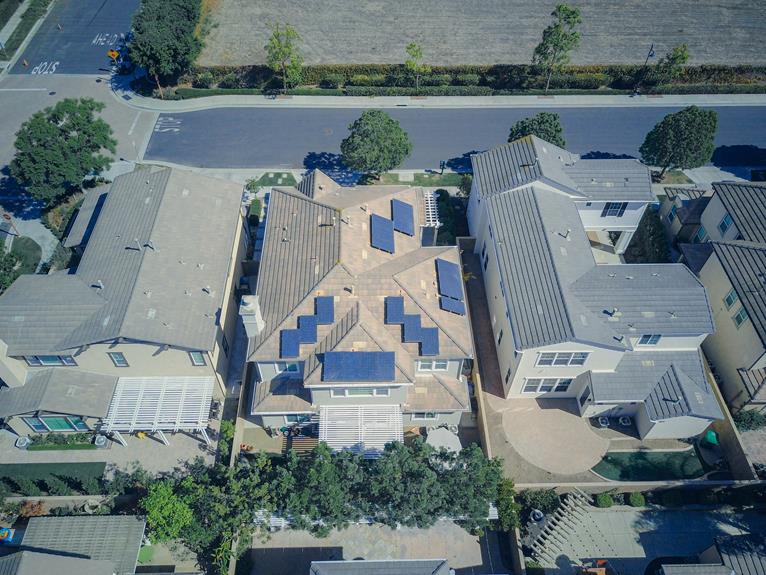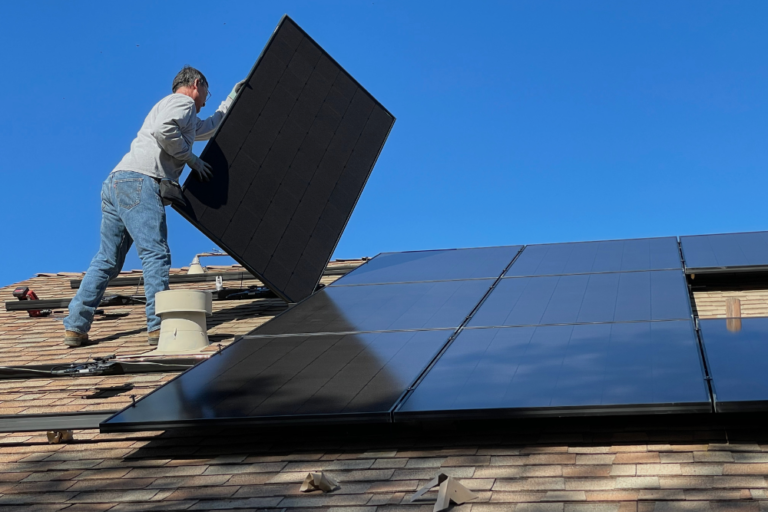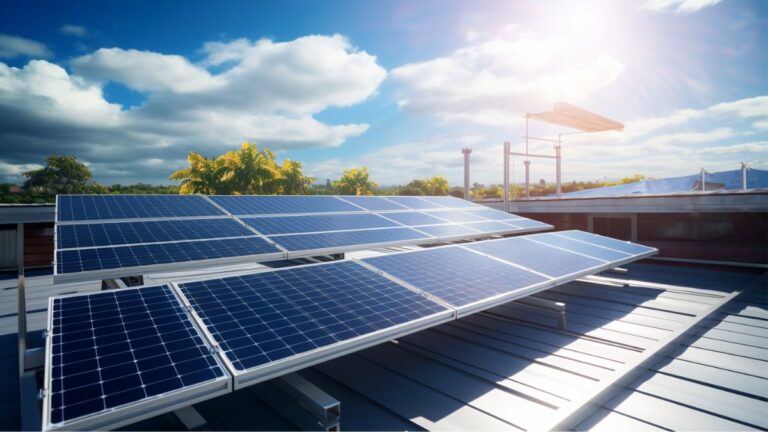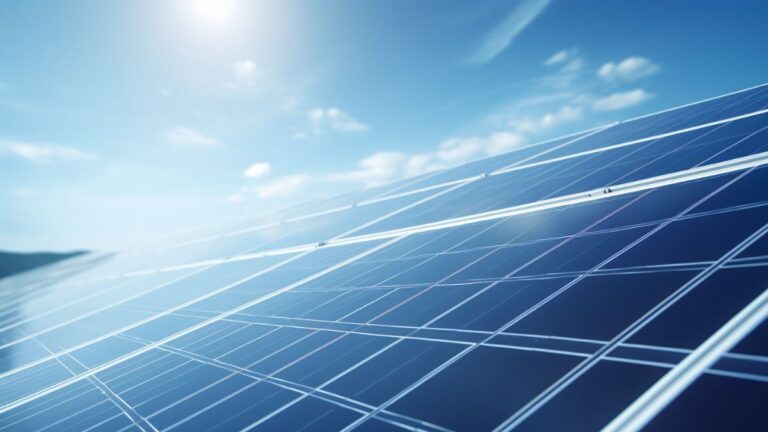3 Key Costs of Home Solar Power Installation
Looking to harness the power of the sun? Before you take the leap into home solar power installation, it’s important to weigh the costs involved. In this article, we’ll explore three key expenses you’ll need to consider.
From the initial investment to ongoing maintenance and repairs, as well as financing and incentives, we’ll provide you with an informative and analytical breakdown of what to expect.
So, let’s shed some light on the financial aspects of going solar!
Initial Investment
Before you begin your home solar power installation, it’s important to understand the initial investment involved. The installation process itself can be quite complex and requires professional expertise. You’ll need to hire a licensed solar contractor to assess your property, design the system, and handle the installation. This alone can cost several thousand dollars, depending on the size and complexity of your installation.
Another significant cost is the purchase of solar panels. The upfront cost of solar panels can vary depending on the brand, size, and efficiency of the panels. It’s essential to consider the long-term benefits when evaluating the initial investment. Solar panels typically have a lifespan of 25 to 30 years, providing substantial energy savings over time.
Additionally, some government incentives and tax credits can help offset the initial investment, making solar power more affordable.
Understanding the initial investment involved in home solar power installation is crucial for making an informed decision. By considering the installation process and the lifespan of solar panels, you can determine the overall cost-effectiveness of going solar.
Maintenance and Repairs
Once your home solar power installation is complete, you’ll need to consider the ongoing maintenance and potential repairs required to keep your system running efficiently. Although solar panels are known for their durability, regular maintenance is necessary to ensure optimal performance and longevity. Here is a cost breakdown of maintenance and repair expenses to help you plan your budget:
- Cleaning and Inspection: Regular cleaning of your solar panels is essential to remove dirt, debris, and dust that can reduce their efficiency. You may also need to hire professionals for periodic inspections to identify any potential issues early on.
- Inverter Replacement: The inverter is a crucial component of your solar system that converts DC power from the panels into AC power for your home. Over time, it may require replacement, costing around $1,000 to $2,500.
- Electrical Repairs: If any electrical components of your system malfunction, repairs may be necessary. These costs can vary depending on the complexity of the issue.
- Monitoring System: Investing in a monitoring system allows you to track your energy production and identify any performance issues. These systems typically have upfront costs, but they can help you maximize your energy savings in the long run.
Proper maintenance and timely repairs are essential for maximizing the energy savings and longevity of your home solar power installation. By budgeting for these costs, you can ensure your system operates at its best for years to come.
Financing and Incentives
To ensure the affordability of your home solar power installation, it’s important to consider the financing and incentives available to you.
One option to explore is tax credits. The federal government offers a solar investment tax credit (ITC) that allows you to deduct a percentage of your solar installation costs from your federal taxes. Currently, the ITC offers a 26% tax credit, which can significantly reduce your upfront expenses.
Additionally, some states and municipalities offer their own tax credits or incentives to further offset the cost of installing solar panels.
Another financing option to consider is leasing. With solar leasing, you can rent the solar panels from a third-party company, paying a fixed monthly fee for the use of the system. This can be a good option if you don’t have a large upfront investment, but keep in mind that you won’t own the system and may not benefit from the long-term savings.
Conclusion
In conclusion, the costs of home solar power installation may seem daunting at first, but the long-term benefits far outweigh the initial investment. With proper maintenance and repairs, your solar panels will continue to generate clean and sustainable energy for years to come.
Additionally, take advantage of financing options and incentives available to make the transition even more affordable. So, go ahead and embrace the power of the sun, and watch your electricity bills shrink while saving the planet!






